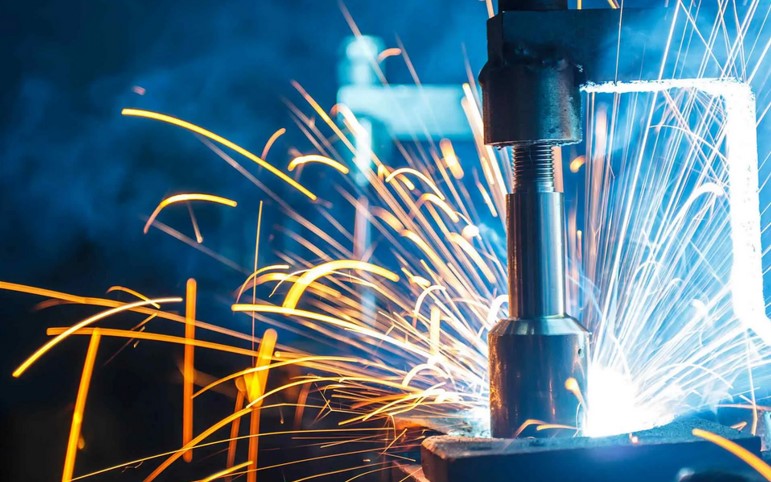The 4 Most Popular Welding Techniques

The welding techniques and tools to be utilized largely depend upon the type of metal being welded and the expertise and skill of the particular welder. The welding techniques are categorized into three: Flux Cored Arc Welding (FCAW), Stick Welding (STIG), and TIG Welding. Consider the selection of metals for your next welding task!
Flux Cored Arc Welding (FCAW) is a filler metal welding process that uses argon or inert gas as shielding for the work area. The inert gas, which acts as a barrier to the welding process, prevents gases from penetrating the welder’s skin, and thus allows the welder to perform at higher temperatures. This welding process is often used for high-tech implants, where hard-to-reach spots may be difficult to weld.
Stick welding is a MIG welding technique, which uses a narrow welding tip on the electrode to join pieces of steel. In order to create quality welds, the welder must use proper electrode selection and position. A good MIG tip must have an optimal heat input (HIR). A low HIR means a higher heat input, which increases the likelihood of creating quality welds; however, it also means an increased chance for arc flaring, which results in poor weld quality and leads to premature wear of the steel from arc light exposure.
When using stick welding, you want to avoid starting the arc with too much filler metal, as the resulting arc will be too strong and cause too much heat input. Instead, start the arc by placing thin metal electrodes around the work area; do not place too large electrodes, as this can interfere with the ability to see the welding location clearly. After the welding is complete, you may want to use a shielding gas to shield the weld from the outside world. Choose a shielded filler material that has a low vapor compression ratio (VCR). Less VCR means less distortion of the metal. Also, select a shielding gas that is inert to water vapors; otherwise, it can increase the risk of arc flash burns and arc stippling.
TIG welding is a MIG welding technique that uses tungsten inert gas to fuse the steel to the substrate. Because tungsten inert gas is inert, it does not induce any heat into the metal being fused, so it does not affect the welding gun’s arc characteristics. TIG welding requires precise starting conditions because starting the arc at the wrong time can cause both the arc and the filler rod to heat up before the wire melts completely. For a perfect tig weld, you should always strike the welded area with the tip of your welding gun directly over the metal being welded. If you weld over an insulated surface, you will get a partial tig weld and the process will be much easier, but the welding gun will have to be much closer to the welding area in order to achieve a perfect tig weld.
Stick welding techniques are the most popular types of welding methods used today. These techniques are ideal for creating large amounts of welds because they allow the welder to place the welding rod very close to the workpiece. Because the welder does not need to worry about shielding, gun drilling is done much more quickly. Also, because the rod can be placed very close to the workpiece without having to expose too much of the metal, stick welding does not require as much skill as traditional arc welding. With the combination of ease of use and high quality, stick welding is very popular for creating large amounts of welds on a smaller scale.
This article was written by Tyler Duoos, Tyler is the owner of General Saw Company. General Saw Company takes pride in being a leader in sheet metal fabrication services to Central Florida and its surrounding areas. If you are looking for Steel fabricators in Tampa to get the job done right the first time we got you covered!





